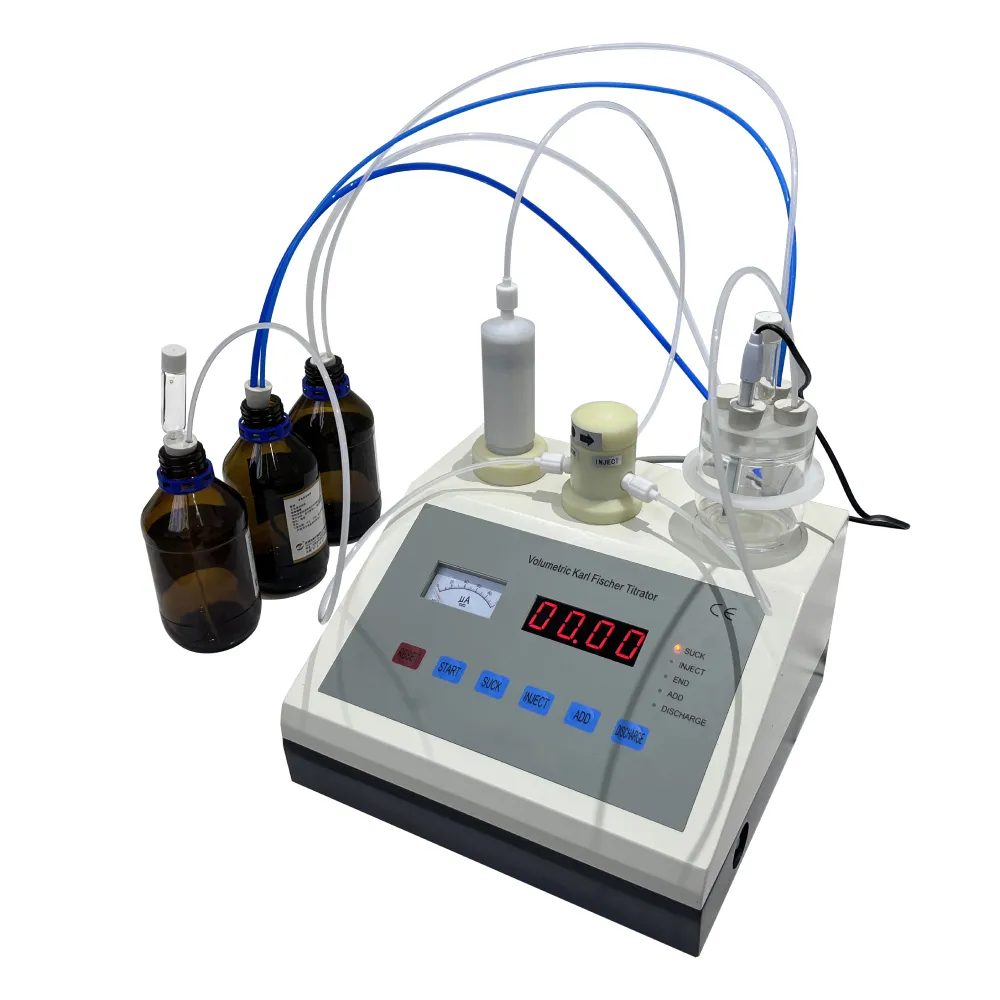 English
English



-
 Afrikaans
Afrikaans -
 Albanian
Albanian -
 Amharic
Amharic -
 Arabic
Arabic -
 Armenian
Armenian -
 Azerbaijani
Azerbaijani -
 Basque
Basque -
 Belarusian
Belarusian -
 Bengali
Bengali -
 Bosnian
Bosnian -
 Bulgarian
Bulgarian -
 Catalan
Catalan -
 Cebuano
Cebuano -
 China
China -
 China (Taiwan)
China (Taiwan) -
 Corsican
Corsican -
 Croatian
Croatian -
 Czech
Czech -
 Danish
Danish -
 Dutch
Dutch -
 English
English -
 Esperanto
Esperanto -
 Estonian
Estonian -
 Finnish
Finnish -
 French
French -
 Frisian
Frisian -
 Galician
Galician -
 Georgian
Georgian -
 German
German -
 Greek
Greek -
 Gujarati
Gujarati -
 Haitian Creole
Haitian Creole -
 hausa
hausa -
 hawaiian
hawaiian -
 Hebrew
Hebrew -
 Hindi
Hindi -
 Miao
Miao -
 Hungarian
Hungarian -
 Icelandic
Icelandic -
 igbo
igbo -
 Indonesian
Indonesian -
 irish
irish -
 Italian
Italian -
 Japanese
Japanese -
 Javanese
Javanese -
 Kannada
Kannada -
 kazakh
kazakh -
 Khmer
Khmer -
 Rwandese
Rwandese -
 Korean
Korean -
 Kurdish
Kurdish -
 Kyrgyz
Kyrgyz -
 Lao
Lao -
 Latin
Latin -
 Latvian
Latvian -
 Lithuanian
Lithuanian -
 Luxembourgish
Luxembourgish -
 Macedonian
Macedonian -
 Malgashi
Malgashi -
 Malay
Malay -
 Malayalam
Malayalam -
 Maltese
Maltese -
 Maori
Maori -
 Marathi
Marathi -
 Mongolian
Mongolian -
 Myanmar
Myanmar -
 Nepali
Nepali -
 Norwegian
Norwegian -
 Norwegian
Norwegian -
 Occitan
Occitan -
 Pashto
Pashto -
 Persian
Persian -
 Polish
Polish -
 Portuguese
Portuguese -
 Punjabi
Punjabi -
 Romanian
Romanian -
 Russian
Russian -
 Samoan
Samoan -
 Scottish Gaelic
Scottish Gaelic -
 Serbian
Serbian -
 Sesotho
Sesotho -
 Shona
Shona -
 Sindhi
Sindhi -
 Sinhala
Sinhala -
 Slovak
Slovak -
 Slovenian
Slovenian -
 Somali
Somali -
 Spanish
Spanish -
 Sundanese
Sundanese -
 Swahili
Swahili -
 Swedish
Swedish -
 Tagalog
Tagalog -
 Tajik
Tajik -
 Tamil
Tamil -
 Tatar
Tatar -
 Telugu
Telugu -
 Thai
Thai -
 Turkish
Turkish -
 Turkmen
Turkmen -
 Ukrainian
Ukrainian -
 Urdu
Urdu -
 Uighur
Uighur -
 Uzbek
Uzbek -
 Vietnamese
Vietnamese -
 Welsh
Welsh -
 Bantu
Bantu -
 Yiddish
Yiddish -
 Yoruba
Yoruba -
 Zulu
Zulu
Affordable Distillation Equipment Price High-Quality Lab Solutions
- Understanding the Cost Factors in Distillation Equipment
- Technological Innovations Driving Price Variations
- Portable Oil Analysis Equipment: Features vs. Budget
- Hipot Test Equipment Pricing and Safety Compliance
- Vendor Comparison: Performance Metrics and Market Leaders
- Custom Solutions for Industrial Applications
- Future Trends in Distillation Equipment Pricing

(distillation equipment price)
Understanding the Cost Factors in Distillation Equipment
The price of distillation equipment varies significantly based on capacity, material quality, and automation levels. Industrial-grade systems range from $15,000 for basic models to $200,000+ for advanced fractional distillation units. Key components influencing costs include:
- Stainless steel vs. glass reactor chambers (25-40% price difference)
- Automated control systems (adds $8,000-$25,000)
- Energy efficiency ratings (5-15% operational cost savings)
Technological Innovations Driving Price Variations
Modern distillation systems integrate IoT-enabled sensors and AI-driven process optimization. These features increase upfront costs by 18-22% but reduce long-term expenses through:
- 12-30% improvement in distillation speed
- 7-19% reduction in energy consumption
- Predictive maintenance capabilities
Portable Oil Analysis Equipment: Features vs. Budget
Field-deployable oil analyzers demonstrate a $4,500-$28,000 price range. Mid-tier models ($12,000-$18,000) typically offer:
| Feature | Basic Model | Premium Model |
|---|---|---|
| Analysis Accuracy | ±5% | ±0.8% |
| Battery Life | 8 hours | 24 hours |
| Data Connectivity | Bluetooth | 5G + Satellite |
Hipot Test Equipment Pricing and Safety Compliance
Dielectric withstand testers range from $3,800 for bench units to $65,000 for full automated systems. Regulatory compliance (UL, IEC, ASTM) adds 15-30% to base prices but ensures:
- 0.05% measurement uncertainty
- Arc detection response <2μs
- Multi-standard testing capabilities
Vendor Comparison: Performance Metrics and Market Leaders
| Manufacturer | Distillation Unit Price | Hipot Tester Accuracy | Lead Time |
|---|---|---|---|
| Company A | $48,000 | ±0.5% | 8 weeks |
| Company B | $62,000 | ±0.3% | 12 weeks |
| Company C | $39,500 | ±1.2% | 6 weeks |
Custom Solutions for Industrial Applications
Tailored distillation systems account for 35% of premium equipment sales. Pharmaceutical manufacturers typically invest $120,000-$250,000 in GMP-compliant setups, while petroleum labs require $80,000-$180,000 for high-throughput configurations.
Future Trends in Distillation Equipment Pricing
Market analysis projects 6.8% annual price reduction for distillation equipment due to modular designs and renewable energy integration. However, advanced safety features in hipot test equipment may drive 4-7% cost increases through 2028.

(distillation equipment price)
FAQS on distillation equipment price
Q: What factors influence the cost of distillation equipment?
A: The price depends on capacity, material quality (e.g., stainless steel vs. glass), and automation level. Custom designs or advanced features like temperature control also increase costs.
Q: How does portable oil analysis equipment pricing compare to lab-based models?
A: Portable models are typically cheaper (starting at $2,000) but have limited functionality. Lab-based systems offer higher precision, ranging from $10,000 to $50,000+.
Q: Why do hipot test equipment prices vary widely across brands?
A: Differences in voltage range (e.g., 5kV vs. 100kV), safety certifications, and additional features like touchscreen interfaces or data logging drive price variations.
Q: Are there cost-effective maintenance tips for distillation equipment?
A: Regular cleaning, replacing worn seals, and calibrating sensors can prevent costly repairs. Opting for OEM parts over generic ones ensures longevity but may raise short-term expenses.
Q: Can renting distillation or hipot test equipment save money?
A: Yes, rentals (e.g., $200-$800/day) suit short-term projects. However, frequent use justifies purchasing, as rental costs accumulate over time.
-
Testing Equipment Industry Sees Major Advancements in 2025: Smart & Precision Technologies Lead the WayNewsJun.06,2025
-
Applications of Direct Current Generators in Renewable Energy SystemsNewsJun.05,2025
-
Hipot Tester Calibration and Accuracy GuidelinesNewsJun.05,2025
-
Digital Circuit Breaker Analyzer Features and BenefitsNewsJun.05,2025
-
Benefits of Real-Time Power Quality Monitoring Devices for Industrial EfficiencyNewsJun.05,2025
-
Earth Fault Loop Testing in High-Rise Building Electrical SystemsNewsJun.05,2025



